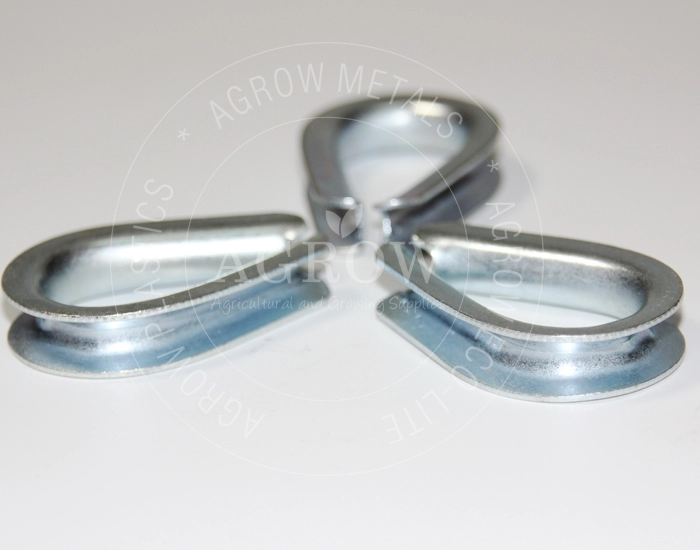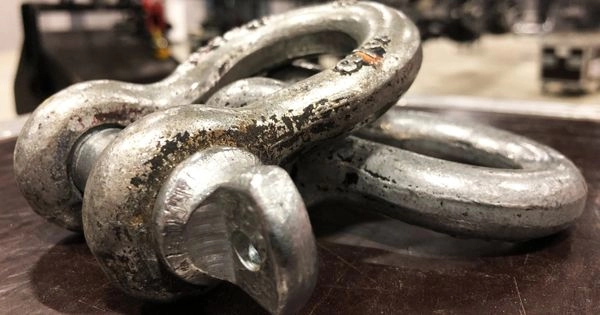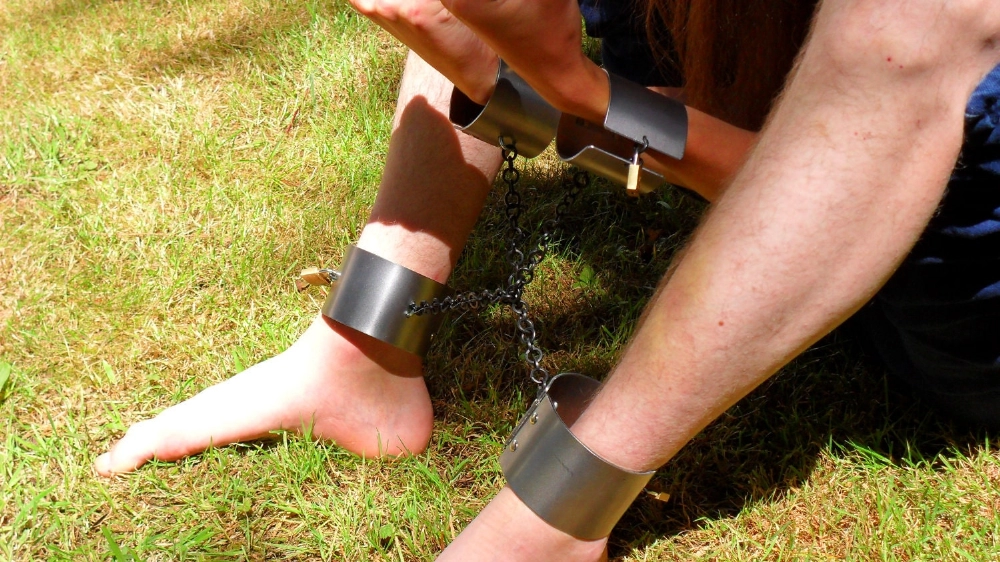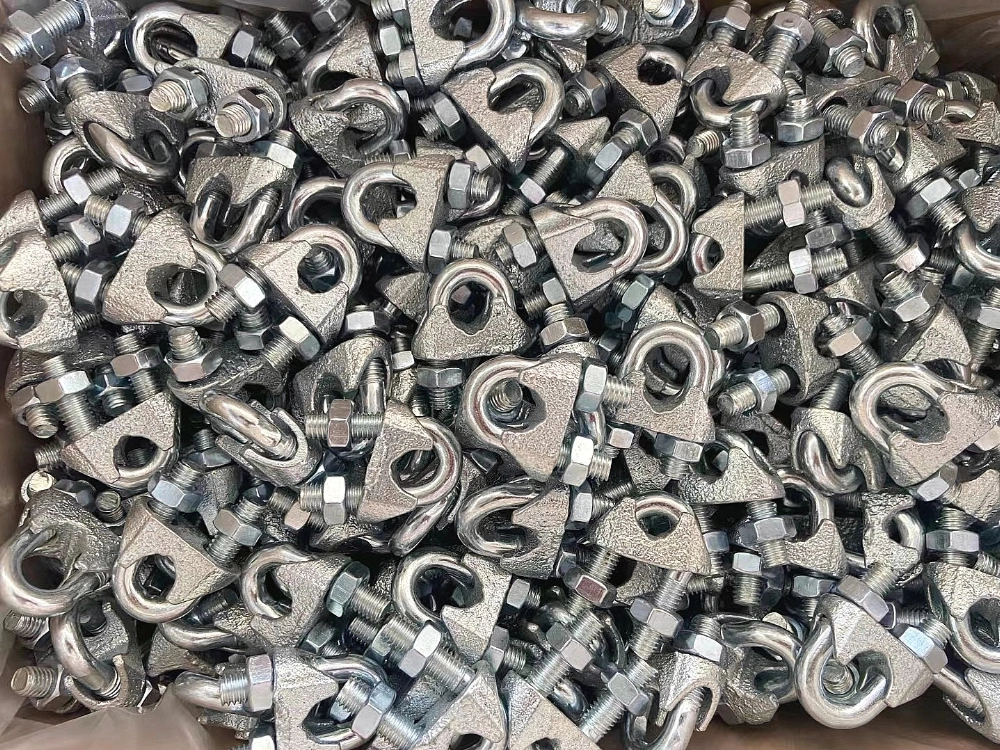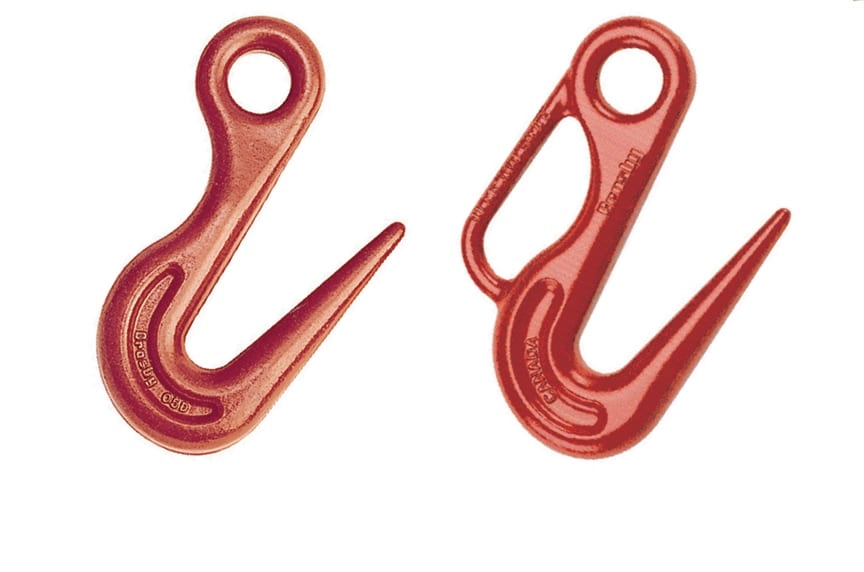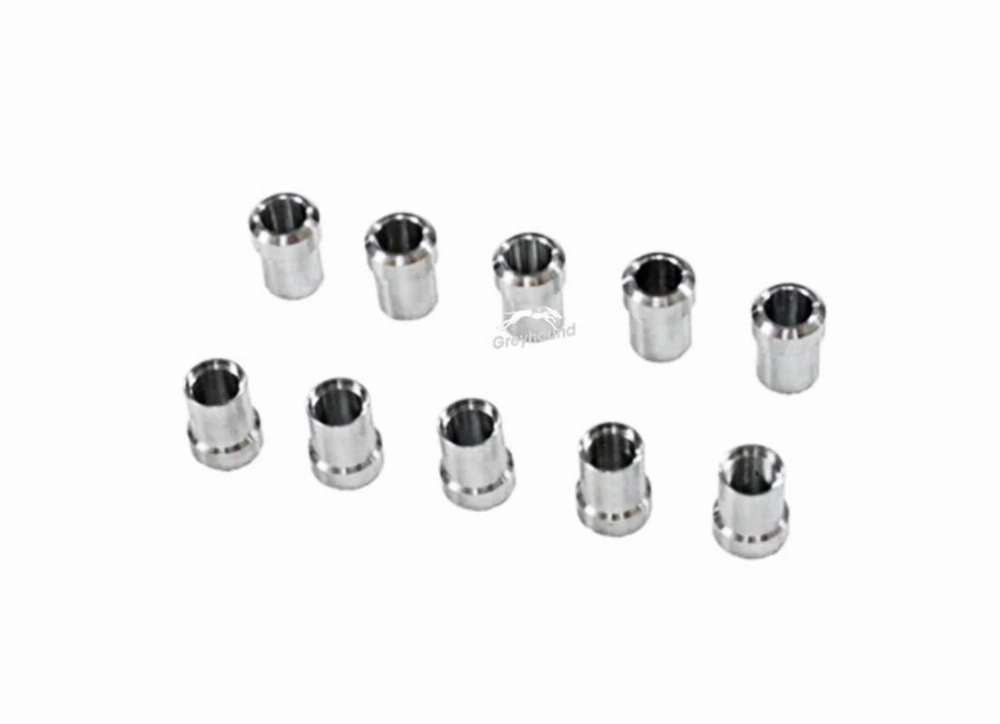Need help? Write to us info@hqlifting.com
- Charging Accessories
- Lifting accessories
- Steel Cable
- Beam cart
- Turnstile for load securing
- Load Ratchet Strap
- Lifting current
- Chain for Load Lifting
- Lifting equipment
- Slings
- Steel Cable Tensioner
- Polyester slingshot
- Load binders
- STEEL HOOK
- Steel Cable Clamp
- Electric winch
- Permanent magnets
- Steel Cable Clamp
- moitão
- Carabiners
- Screw With Eyelet
- Lifting Clamp
- Talha Manual
- Uncategorized
Call our consultants or chat online
+86 151 4514 5178
what are steel cable slings
Steel cable slings are devices used in lifting equipment to support heavy loads. They are made of steel cables braided, following technical standards. This ensures that they have mechanical resistance proven. ✅
They have terminals, eyelets, and shackles to distribute the pulling force. This helps maintain safety during important operations.
There are different types of lingas, with 1, 2, 3, or 4 legs. Each one has load capacity specific, such as 5, 10, or 20 tons. A lingas certification follows standards such as NBR 16798 and ISO 4309. This requires periodic inspections to maintain the industrial safety.
Each model is designed to operate in sectors such as steelmaking, construction, and ports.
To choose the steel cable slings Sure, it is important to consider the maximum load and environmental conditions. Choosing well avoids structural problems and ensures compliance with the NR-12. It also helps reduce risks. Durability depends on how they are stored and the maintenance performed according to technical protocols.
Main Points
- ✅ Steel cable slings are essential for safe lifting in heavy industries.
- Capacities range from 5 to 20 tons, following standards such as ISO 4309.
- A lingas certification ensures compliance with NR-12 e NBR 16798.
- Choosing the right sling requires analyzing the load and operating conditions.
- Preventive maintenance includes visual inspections and periodic tensile tests.
Composition and Types of Steel Wire Rope Strands
As steel cable slings are made to be very strong. They have steel cables galvanized or stainless. These cables are welded to terminals, such as eyelets or hooks.
The choice of the type of sling, single, double, or triple, defines its use. They are used in vertical or angular loads.
Technical Features and Essential Components
✅ Critical components:
- Steel cables with settings like 6×19 (high flexibility) or 8×19 (fatigue resistance)
- Language terminals hydraulic presses (ISO 4309) for secure connections
- Stainless steel pads for protection against mechanical wear
| Configuration | Mechanical Resistance (kN) | Maximum Load (t) |
|---|---|---|
| 6×19 | 2200 | 15 t |
| 6×36 | 1850 | 12 t |
| 8×19 | 2500 | 18 t |
There are different types of lingas, such as singles, doubles, or triples. The single is for point loads. The triples are for precise alignment.
The choice of cable diameter and the standard ABNT NBR 16798 are important. In critical situations, the terminals are welded according to ISO 4309. This helps to avoid structural problems.
Industrial Applications and Usage Criteria
To ensure efficiency and safety, it is crucial to know when to use steel cable slings. These pieces of equipment are essential in heavy industries. They are used to lift heavy loads, such as in construction and port operations.
When and How to Use Steel Cable Slings
Steel wire ropes are recommended for:
- Steel industries: lifting of beams and metal structures with load capacity greater than 50 TN
- Construction: assembly of precast and structural elements
- Port sectors: handling of containers and cargo with complex geometry

A load capacity changes with the working angle:
- 0°: 100% of certified capacity
- 45°: Reduction to 70% (mandatory safety factor)
- 90°: Use restricted to loads up to 30% of the maximum capacity
To ensure safety, it is important:
- Visual inspection of terminals and connectors before each use
- Positioning of the center of gravity within the work area
- Record in technical spreadsheets with dates and loads transported
There are technical restrictions, such as:
- Exposure to concentrated acids or sea salts
- Temperatures above +400°C (outside the manufacturer's specifications)
The choice of the alloy must be made with technical analysis. This ensures compliance with standards ABNT NBR 16220 and ISO 4309. Thus, safety and efficiency are ensured.
Certification, Inspection, and Preventive Maintenance
A lingas certification It is essential for safety. The equipment must comply with standards such as ABNT NBR 16798, NR-12 ISO 4309. This ensures a safety factor of at least 5:1 and the necessary documentation.

- Static and dynamic load tests for nominal capacity validation;
- Issuance of certificate with QR Code for digital traceability;
- Manufacturing data record (material, diameter, and number of branches).
Equipment Inspection:
- Daily visual: check for surface damage and deformations;
- Quarterly: diameter reduction measurement (>10% indicates replacement);
- Annual: tests by penetrography or ultrasound to detect cracks.
For preventive maintenance, observe:
- Lubrication with specific compounds for protection against oxidation;
- Storage in a dry area, 30 cm from the ground, avoiding sharp bends;
- Photographic record and dimensional measurements in technical reports.
Technical standards define when it is time to discard a cable. This includes more than 51 broken wires per meter or galvanic corrosion ≥0.15 mm. Safety requires strictly following these protocols. For lifespan analysis, consult specialists in non-destructive testing.
Technical Standards and Applicable Legislation
To have safe operations, it is crucial to follow technical standards e industrial legislation. In the United States, NR-12 and ABNT NBR 16798 are fundamental. They establish rules, such as safety factors and inspections.
O ABNT NBR 16798 talks about cable inspection. NR-12, on the other hand, takes care of equipment safety. Both are essential for safe operation.
Regulatory Requirements for Lifting Equipment
Os regulatory requirements are clear:
- ✅ Mechanical tests are performed frequently and records are kept;
- ✅ A safety factor of 5:1 is required for general use and 10:1 for critical situations;
- ✅ It is necessary to have compliance certificates and training for the team;
- ✅ Internal and external audits are conducted to maintain certifications.
Companies that do not comply with the technical standards They pose risks. There may be fines, civil liability, and even criminal liability. NR-11 is also important, requiring movement plans and signage.
International standards, such as ISO 4309 and ABNT NBR, are essential, especially in global operations.
A industrial legislation change, so it is necessary to always be up to date. This includes:
- 📝 Annual training for the team;
- 📝 Annual review of processes with the new standards;
- 📝 Digital documentation for audits.
Follow the regulatory requirements avoid penalties. In addition, it ensures technical confidence. Certified suppliers must have declarations of compliance with NR-12 and ABNT NBR.
This ensures compliance with the industrial legislation Brazilian and international standards. Safety and competitiveness depend on technical rigor and constant updating.
Share:

June Han /founder and designer
The co-founder of Hqlifting, sales director, amateur writer about fitness business

